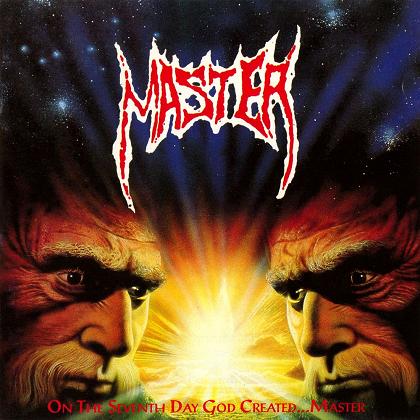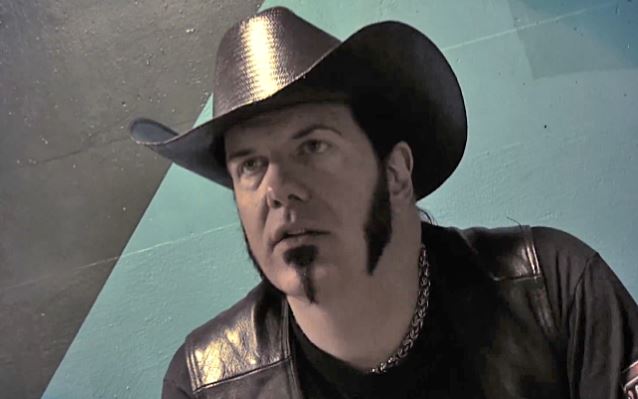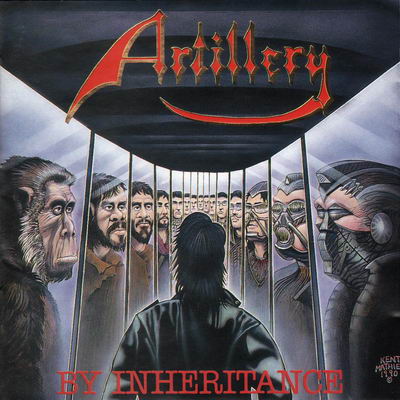
Artillery are a Danish Speed metal band that have continued to sully their legacy with endless mediocrity that was so boring that even Metal Blade had to drop them in recent years. Despite all their recent shortcomings, Artillery were once an underground Speed metal that released two excellent albums before abandoning the underground in the pursuit of their magnum opus. Inspired in part by their journey to Tashkent in the former USSR which is now the capital of Uzbekistan, the band incorporated oriental sounds, a multitude of different riffs, haunting arpeggios and fist raising Heavy metal to create one of the finest releases in a genre which had already died at this stage.
16 CommentsTags: artillery, By Inheritance, flemming rasmussen, mercyful fate, metallica, Speed Metal, suffocation, Terror Squad
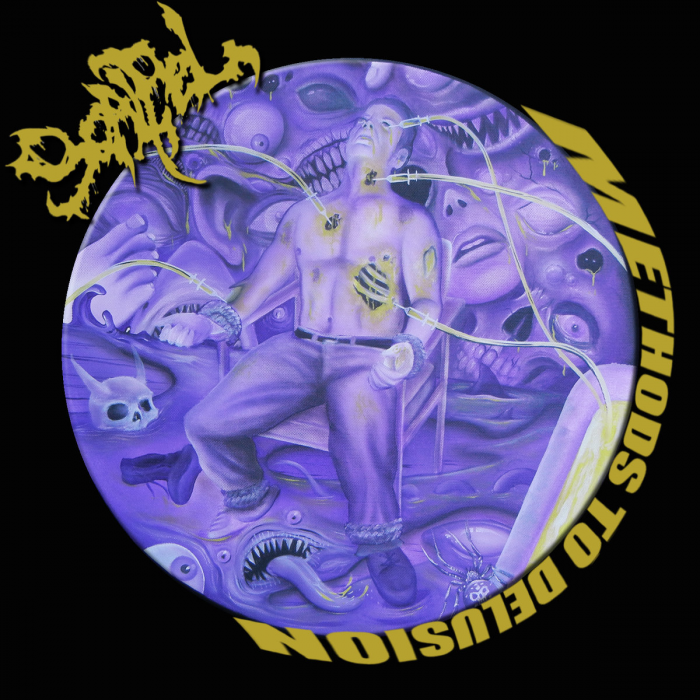
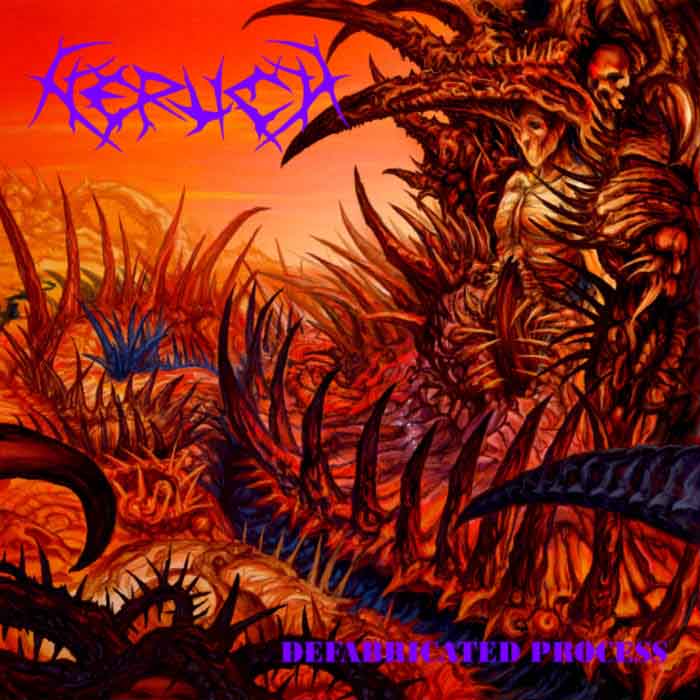
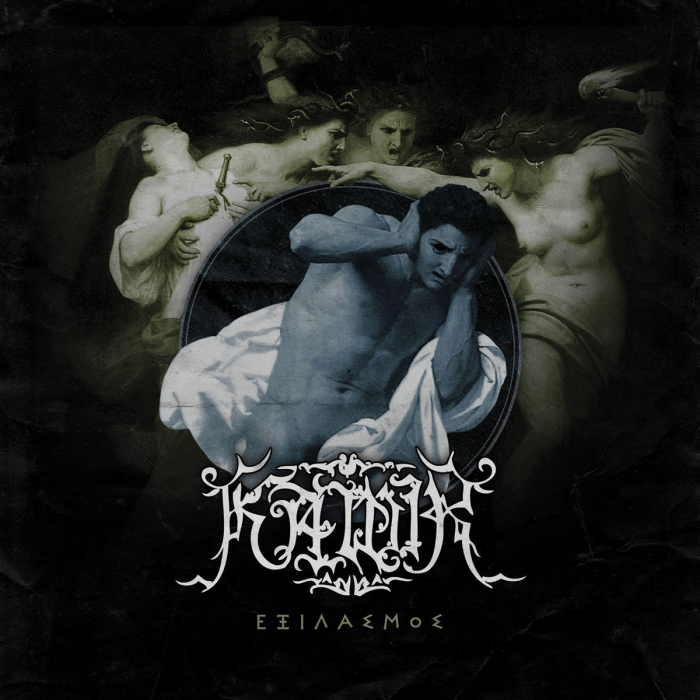
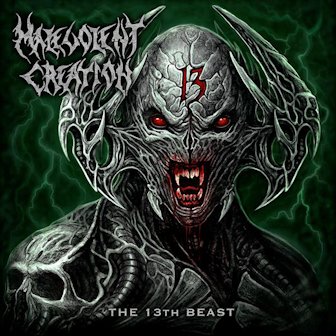

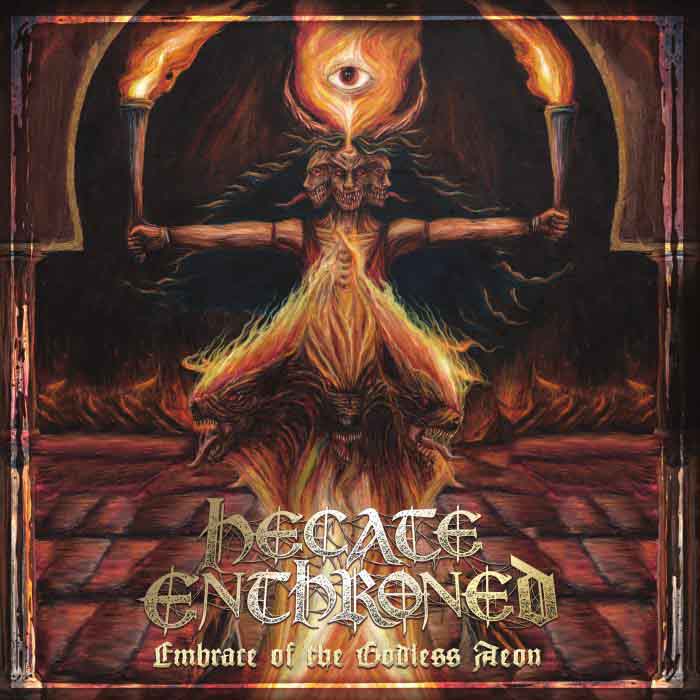
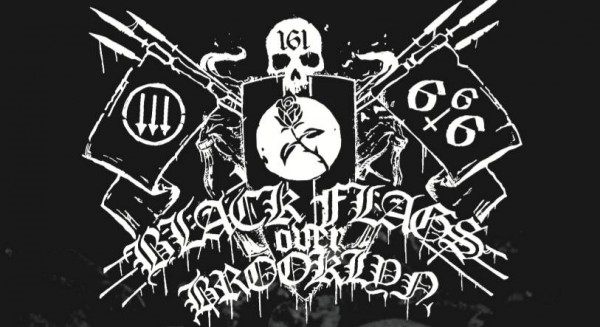 A pro-communist festival took place in Brooklyn this past weekend as part of what appears to be a radical effort to indoctrinate heavy metal fans into an extremist political agenda.
A pro-communist festival took place in Brooklyn this past weekend as part of what appears to be a radical effort to indoctrinate heavy metal fans into an extremist political agenda.